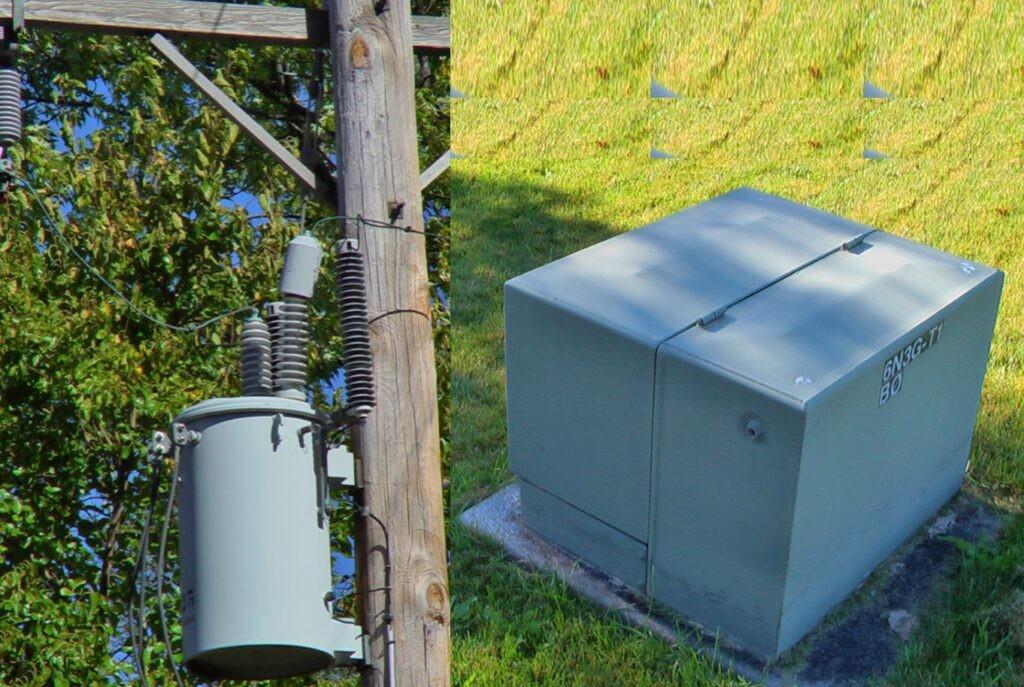Link: https://ddears.com/2023/08/22/impact-of-bevs-on-grid/
Please see link above for source text.
Impact of BEVs on Grid..
How would the US electric grid be affected if all 290 million light vehicles, i.e., cars and pickup trucks, were battery electric vehicles (BEVs)?
Assuming the average car is driven 37 miles per day, and BEV milage is 4.2 miles/kWh, the US would consume an additional 932 billion kWh/year if all light vehicles were battery-powered.
Current US electricity consumption is 4,048 billion kWh.
Natural gas combined cycle (NGCC) power plants are the least costly and most efficient to build, therefore, the question is: How many new NGCC power plants would be needed if all US light vehicles were BEVs?
It would require 234 new 700 MW NGCC power plants, with a capacity factor of 65%, at a cost of $630 million, to provide all 932 billion kWh.
However, not all BEVs would be charged at the same time so that charging would be spread over several hours, probably from 10 pm to 6 am.
As a result, somewhat fewer than 234 new NGCC power plants would be required.
In addition, BEVs would be phased in over time, i.e., many years, so that new power plants can be added as the load grows.
It requires only a year or so, to build a new NGCC power plant, assuming the equipment is available from the supplier. In the case of NGCC power plants there are only three suppliers, GE, Siemens, and Mitsubishi.
With politicians promoting the abolition of ICE vehicles by 2035, it may be necessary to accelerate construction of the new power plants.
If BEVs were the only type of vehicles sold after 2035, at the rate of 16 million per year, all 290 million light vehicles in the US would be BEVs by 2055.
While this is probably unrealistic, it provides a framework for considering the potential issues.
With 290 million BEVs on the road in 2055, all the additional 200 or so new NGCC power plants would have to be built over the next 31 years.
Beginning construction in 2024 would mean building around 6 NGCC power plants per year: A very doable task.
Waiting until 2035 to begin building these plants would mean building 10 NGCC power plants per year: Still a doable, but more challenging task.
Interestingly, the more immediate problem may be replacing the distribution transformers (DTs) that provide power to the homes where BEVs are charged on a daily basis. There are 50 million DTs in the US.
Distribution transformers are no longer built in the US, so they must be imported.
Interestingly, DTs are in short supply. Quoting Grid20/20, “Lead times [are] now up to 142 weeks (i.e., 2.7 years!) for single phase pad mounted transformers.”
Typically, one distribution transformer serves four homes.
It’s impossible to know how quickly DTs would become overloaded, because no one knows how loaded they already are.
Adding one BEV to a transformer’s load would probably not be a problem. Adding two or more would begin to have an effect. Concentrated adoption of BEVs in a geographic region could result in multiple DT failures.
Conclusion
A large number of new NGCC power plants will need to be built if BEVs replace ICE vehicles, but there is time to build them in an orderly manner.
On the other hand, adopting BEVs will likely result in an immediate, and serious increase in DT transformer failures. Without adequate replacement DTs, utilities will have to scramble to find ways to keep homes supplied with electricity or temporarily prevent BEVs from being charged at home.
 Pole type and Pad Mounted Type Distribution Transformers
Pole type and Pad Mounted Type Distribution Transformers
